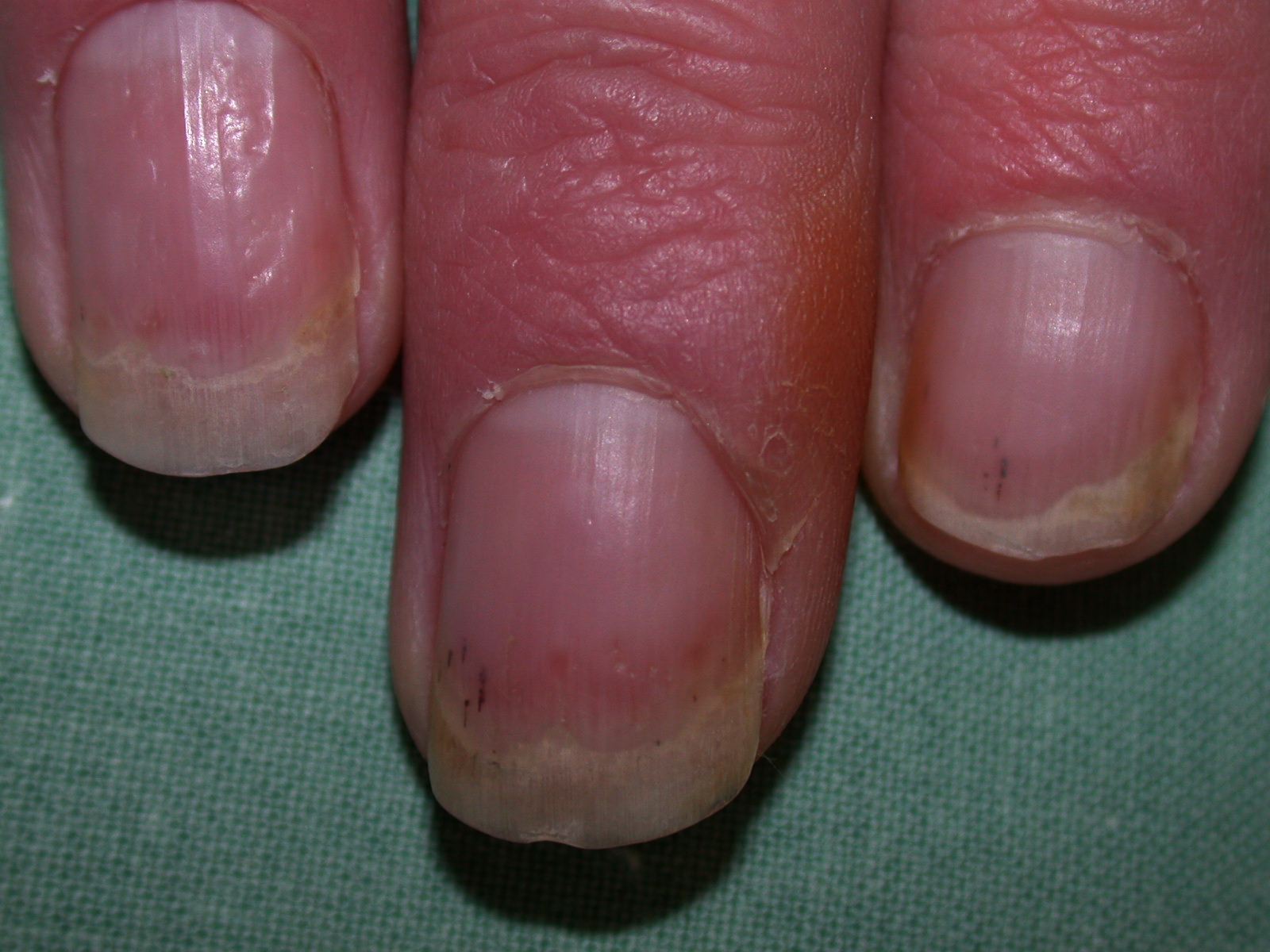ROSEMONT, Ill. (June 11, 2020) — Approximately 7.5 million people in the U.S.[1] have psoriasis, a chronic inflammatory disease that mostly affects the skin and joints but could also affect the nails. According to dermatologists from the American Academy of Dermatology, most people who have plaque psoriasis — the most common form of psoriasis — also develop nail psoriasis at some point. This is why dermatologists say it’s important for psoriasis patients to check their nails — both their fingernails and toenails — for signs of nail psoriasis, which can include nail dents, lifting, discoloration, thickening and crumbling. However, it’s also possible for patients to experience nail psoriasis without having psoriasis on other parts of their body.
The good news, say dermatologists, is that the right treatment and at-home care can help reduce pain, allow you to perform your daily activities and make your nails look normal.
“There are many treatment options available for nail psoriasis, including topical and oral medications, corticosteroid injections, and biologics,” says board-certified dermatologist Richard K. Scher, MD, FAAD. “However, nail psoriasis can be challenging to treat. To get results, it’s important to treat your nails as directed and for as long as directed by your dermatologist. The right nail care at home can also help you get the best results from treatment.”
To help improve nail psoriasis at home, Dr. Scher recommends the following tips:
- Keep your nails trimmed short. This helps prevent your nails from lifting off of your fingers and toes. It can also help prevent buildup under the nails — a common issue associated with nail psoriasis. If you have a hangnail, clip it off immediately.
- Avoid biting or picking your nails, the area under your nails and your cuticles. Injuring your skin increases your risk of infection, which could worsen your psoriasis. To kick this bad habit, try applying bitter-tasting nail polish, or replacing this habit with a better one, such as playing with a stress ball.
- Moisturize your hands and nails. Apply moisturizer immediately after bathing or washing your hands to lock in moisture. Use ointments or creams you squeeze out of a tube, as these are more effective than products you pump out of a bottle.
- Protect your nails. Any time you irritate your skin or nails, psoriasis can flare. To prevent this, always wear gloves when doing housework, yard work or other labor-intensive work to prevent your psoriasis from flaring. When doing wet work like washing dishes, it’s best to wear a cotton glove and then place a vinyl or nitrile glove over the cotton glove. Latex gloves cannot give your nails enough protection.
- Consider nail polish: If you are concerned about the appearance of your nails, consider gently buffing them to help smooth the surface or wearing nail polish, which is a great way to hide nail issues, such as dents or discoloration. Artificial nails should be avoided, as they may contribute to your nails separating and lifting from your fingers.
“Nail psoriasis can be stubborn, however, the combination of treatment and the recommended at-home care can help clear nail psoriasis and reduce pain,” says Dr. Scher. “Nail psoriasis may also be a sign of psoriatic arthritis, a type of arthritis that can occur in psoriasis patients. If you notice any changes to your fingernails and toenails or nail changes coupled with swollen, stiff and sometimes painful joints when waking up, see a board-certified dermatologist, as the sooner your issue is addressed, the better your results.”
These tips are demonstrated in “How to Improve Nail Psoriasis,” a video posted to the AAD website and YouTube channel. This video is part of the AAD’s “Video of the Month” series, which offers tips people can use to properly care for their skin, hair and nails.
To find a board-certified dermatologist in your area, visit aad.org/findaderm.
# # #
Contact
Nicole Dobkin, (847) 240-1746, ndobkin@aad.org
More Information
What Is Nail Psoriasis, and How Can I Treat It?
About the AAD
Headquartered in Rosemont, Ill., the American Academy of Dermatology, founded in 1938, is the largest, most influential, and most representative of all dermatologic associations. With a membership of more than 20,000 physicians worldwide, the AAD is committed to: advancing the diagnosis and medical, surgical and cosmetic treatment of the skin, hair and nails; advocating high standards in clinical practice, education, and research in dermatology; and supporting and enhancing patient care for a lifetime of healthier skin, hair and nails. For more information, contact the AAD at (888) 462-DERM (3376) or aad.org. Follow the AAD on Facebook (American Academy of Dermatology), Twitter (@AADskin), Instagram (@AADskin1), or YouTube (AcademyofDermatology).
[1]Menter A, Gottlieb A, Feldman SR, Van Voorhees AS et al. Guidelines of care for the management of psoriasis and psoriatic arthritis: Section 1. Overview of psoriasis and guidelines of care for the treatment of psoriasis with biologics. J Am Acad Dermatol 2008 May;58(5):826-50.
Original post https://alertarticles.info
